General Tso’s Chicken is more than just a takeout favorite. It’s bold, crispy, and packed with sweet and spicy flavor. But have you ever wondered where it came from—or how to perfect it at home? In this post, we’ll dive into the story behind the dish, explore what makes it so addictive, and show you how to recreate it with juicy, restaurant-style results. From essential ingredients to healthy twists, everything you need is right here. Get ready to transform your kitchen into a flavor-packed hotspot.
The Story Behind General Tso’s Chicken
The Origins of General Tso’s Chicken
General Tso’s Chicken didn’t actually originate in China—at least not in the way many believe. The dish was created by Chef Peng Chang-kuei, a Hunanese chef who fled to Taiwan after the Chinese Civil War. He named the dish after General Tso Tsung-t’ang, a Qing dynasty military leader, though the general had no connection to the recipe.
Chef Peng later brought the dish to New York City in the 1970s. There, he adapted the flavors to suit American palates—sweeter, crispier, and less spicy. The dish quickly gained popularity in Chinese-American restaurants.
It’s important to note: General Tso’s Chicken is virtually unknown in mainland China today. Its fame lives on in Western kitchens and takeout menus. This fusion of cultures helped it become a beloved icon of American Chinese cuisine.
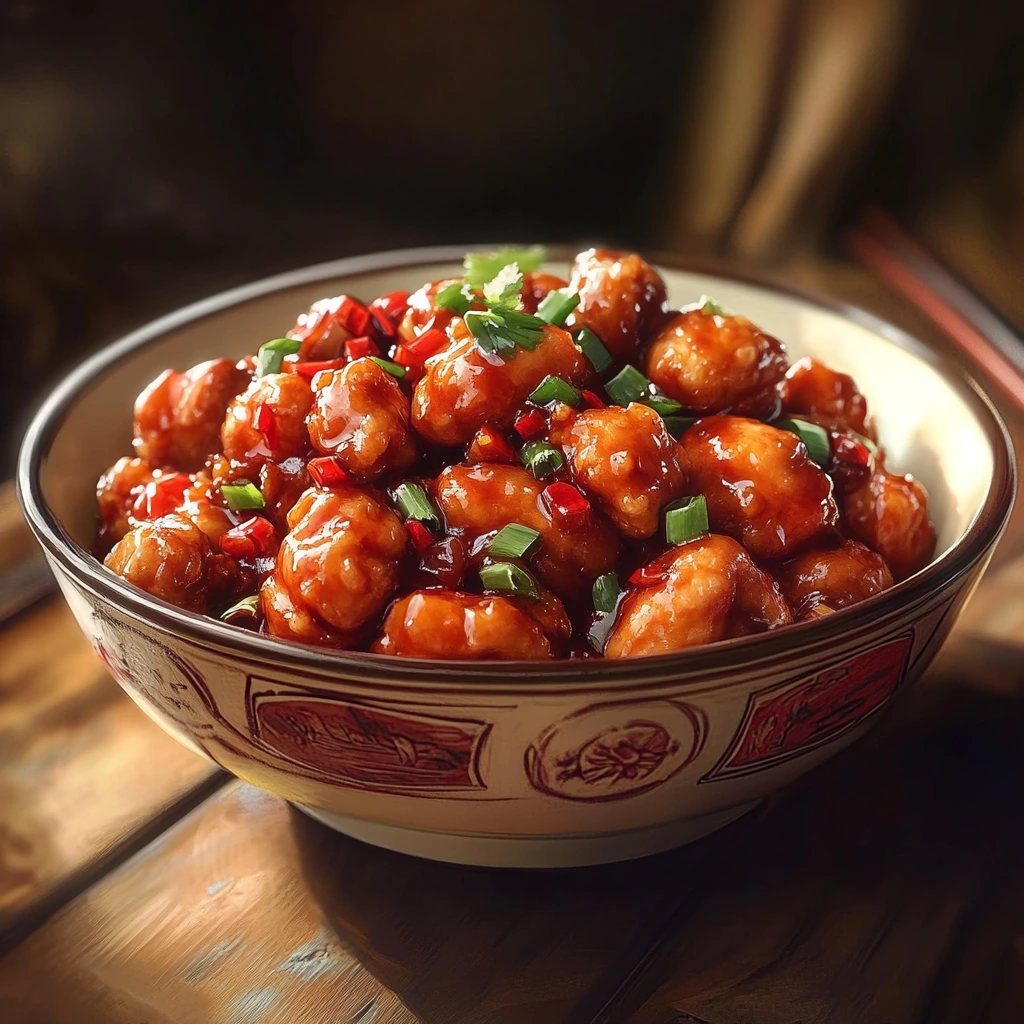
American vs. Traditional Chinese Cuisine
General Tso’s Chicken is a perfect example of how Chinese cuisine was adapted in the U.S. Traditional Chinese cooking focuses on balance—flavors like salty, sour, and spicy are used in harmony.
In contrast, American Chinese dishes are often sweeter, heavier, and designed to appeal to local tastes. Deep-fried proteins and sugary sauces are more common in the West.
Authentic Chinese meals also prioritize vegetables, lighter sauces, and steaming or stir-frying methods. In the U.S., dishes like General Tso’s highlight meat and bold, sticky sauces.
This shift isn’t just about ingredients—it reflects culture. American diners often seek comfort food that’s quick, rich, and satisfying. Chinese chefs adapted accordingly, creating something new yet familiar.
While different, both styles have their own appeal. One celebrates tradition. The other speaks to creativity and cultural blending.
Is General Tso’s Chicken Authentic?
General Tso’s Chicken is not considered authentic by traditional Chinese culinary standards. The dish isn’t found in most Chinese homes or restaurants in China.
Its bold, sweet, and deep-fried style reflects American preferences more than Chinese tradition. While it draws inspiration from Hunan cuisine, the final product is a Western creation.
Chef Peng, who invented the dish, based it loosely on flavors from his hometown. But he modified it heavily after moving to the U.S.
In China, authentic Hunan dishes are spicier, less sweet, and often use fresh chilies. They also rely less on deep-frying and sugary sauces.
So, while General Tso’s Chicken has Chinese roots, it was born and popularized abroad. It’s better seen as a cultural hybrid—Chinese in name, American in flavor.
Ingredients That Make It Juicy, Bold, and Perfected
Essential Ingredients for the Sauce
The heart of General Tso’s Chicken is its rich, flavorful sauce. It strikes the perfect balance of sweet, savory, and spicy.
Soy sauce adds depth and saltiness, forming the base. Hoisin sauce brings a slightly sweet, fermented flavor that gives the dish complexity. Rice vinegar adds tang and helps cut through the richness.
Brown sugar is used for sweetness, creating that signature sticky glaze. Fresh garlic and ginger give the sauce a bold, aromatic kick.
For heat, crushed red pepper flakes or chili paste are commonly added. Cornstarch thickens the sauce to help it cling to the crispy chicken.
Every ingredient plays a role. Combined, they create a sauce that’s bold, layered, and unforgettable. With the right balance, you get that crave-worthy takeout flavor at home.
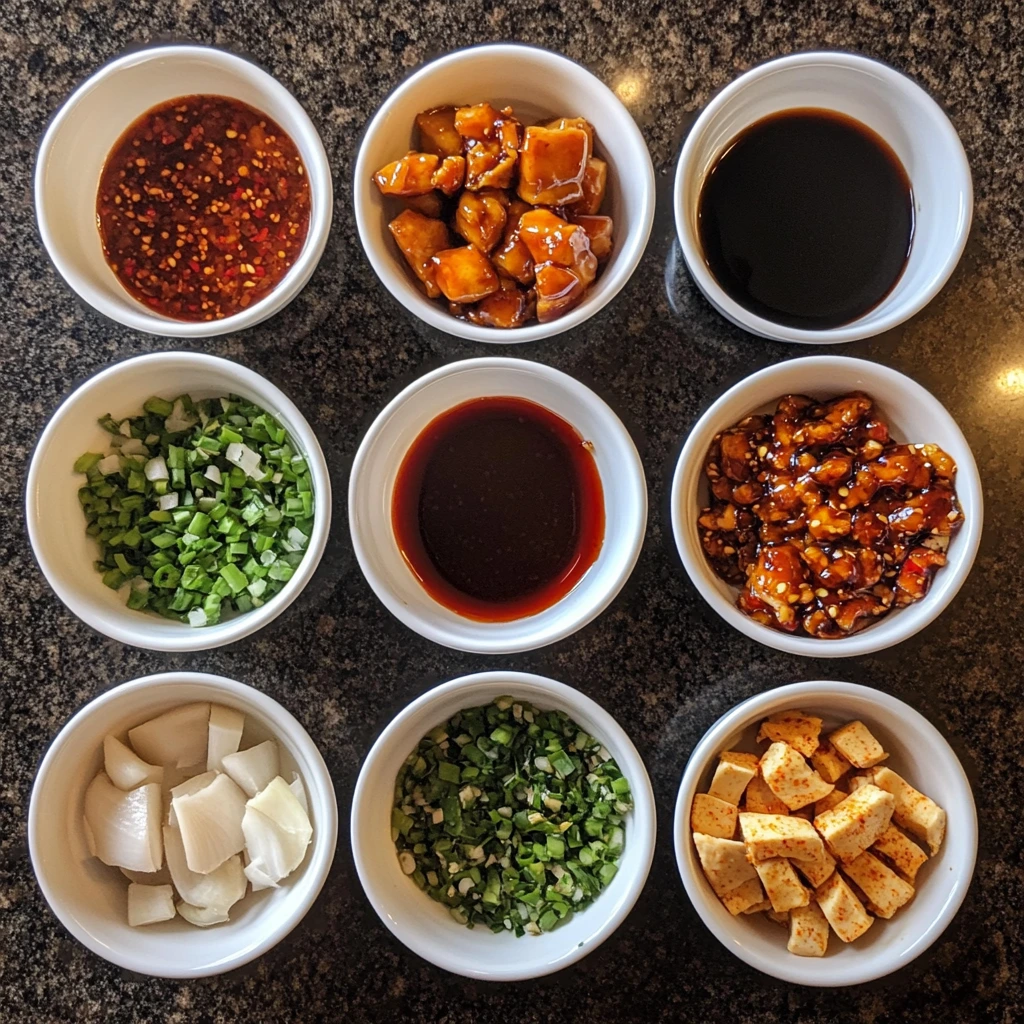
Crispy Chicken Preparation Techniques
Crispy chicken is the star of General Tso’s Chicken. Achieving that perfect crunch starts with the right cut—boneless, skinless chicken thighs are ideal. They stay juicy after frying.
Cut the chicken into bite-sized pieces. Marinate it briefly with soy sauce, garlic, and a touch of cornstarch. This adds flavor and helps the coating stick.
For the batter, use a mix of cornstarch and flour. Cornstarch is key—it creates that light, crispy texture when fried.
Heat oil to around 350°F (175°C) before frying. Cook in small batches to avoid overcrowding. This keeps the oil temperature stable and the chicken crispy.
For extra crunch, double-fry the chicken. Let it rest after the first fry, then fry it again briefly. This technique locks in the crispiness and gives the chicken a golden finish.
Choosing the Right Sides
The right side dish can elevate General Tso’s Chicken from great to unforgettable. It’s all about balance and contrast.
Steamed white rice is the most classic pairing. It soaks up the bold sauce and keeps the meal grounded.
For something heartier, try fried rice with peas, carrots, and scrambled egg. It adds texture and a savory kick. Stir-fried broccoli is another great choice. Its crunch and mild flavor cut through the richness of the chicken.
You can also serve it with lo mein noodles for a comforting twist. The chewy noodles hold sauce well and complement the dish.
Want a lighter option? A crisp Asian slaw with sesame dressing brings a refreshing contrast. Each side brings its own flavor, making your meal feel complete and well-balanced.
How to Make General Tso’s Chicken at Home
Step-by-Step Recipe Guide
Making General Tso’s Chicken at home is easier than you think. Follow these steps for bold, crispy perfection.
1. Prep the chicken: Cut boneless chicken thighs into bite-sized pieces. Marinate with soy sauce, garlic, ginger, and a spoonful of cornstarch.
2. Mix the sauce: In a bowl, combine soy sauce, hoisin sauce, rice vinegar, brown sugar, and cornstarch. Add chili flakes for heat.
3. Coat and fry: Dredge the chicken in a cornstarch and flour mix. Fry in hot oil until golden and crispy. Use small batches for best results.
4. Toss and serve: In a wok, heat the sauce until thickened. Add the fried chicken and toss until fully coated.
Serve hot with your favorite side, and enjoy the takeout magic at home.
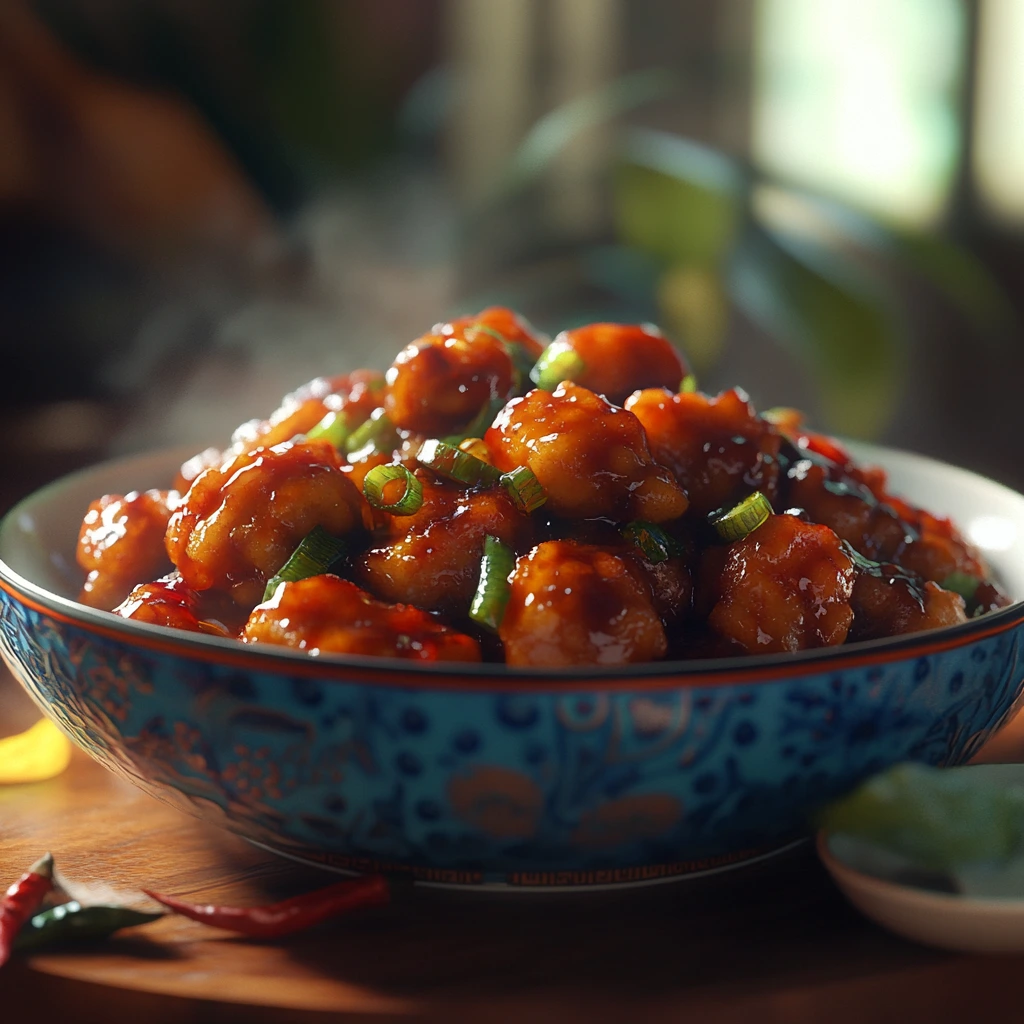
Tips for Perfect Texture and Flavor
Getting the texture and flavor just right is key to making unforgettable General Tso’s Chicken. Small changes can make a big difference.
Use chicken thighs instead of breasts—they stay juicy and tender after frying. Thighs also hold up better to bold sauces.
Double-fry the chicken for that signature crunch. Let the pieces rest between each fry to keep the coating light and crispy.
Don’t overcrowd the pan when frying. Crowding lowers oil temperature and causes soggy results. Work in small batches for even cooking.
Balance the sauce carefully. Too much sugar makes it sticky and overpowering. A splash of vinegar adds needed sharpness.
For extra depth, toast your garlic and ginger before adding the sauce. This boosts aroma and enhances flavor instantly. These small tips lead to big results every time.
Kitchen Tools You’ll Need
Having the right tools makes cooking General Tso’s Chicken easier, faster, and more enjoyable. These basics will help you nail the recipe.
A wok or large skillet is essential for high-heat stir-frying. It allows the sauce to coat the chicken evenly and quickly.
You’ll also need a deep, heavy-bottomed pan or pot for frying. This keeps oil temperature steady and ensures crispy chicken.
A kitchen thermometer helps monitor oil heat—aim for 350°F for the perfect fry.
Use tongs or a slotted spoon to safely move chicken in and out of the oil.
Mixing bowls are great for marinating and coating the chicken, while a whisk makes sauce prep smooth and lump-free.
A wire rack lets the chicken rest and stay crispy after frying.
With these tools, you’ll cook like a pro—every time.
Healthier Twists on the Classic Takeout Favorite
Baked vs. Fried – What’s Healthier?
When it comes to health, baking wins over frying—but both have their pros and cons.
Fried chicken delivers the crunch and rich flavor most people expect. However, deep frying adds extra fat and calories, especially if the oil is reused.
Baking uses little or no oil, making it lighter and lower in fat. Coat the chicken in cornstarch, spray with oil, and bake at a high temperature for a crispy texture.
You can also use an air fryer for similar results with even less oil. It’s a great middle ground between baking and frying.
While fried chicken gives that authentic takeout feel, baked versions offer a healthier twist. Choose based on your dietary goals—or enjoy both in moderation.
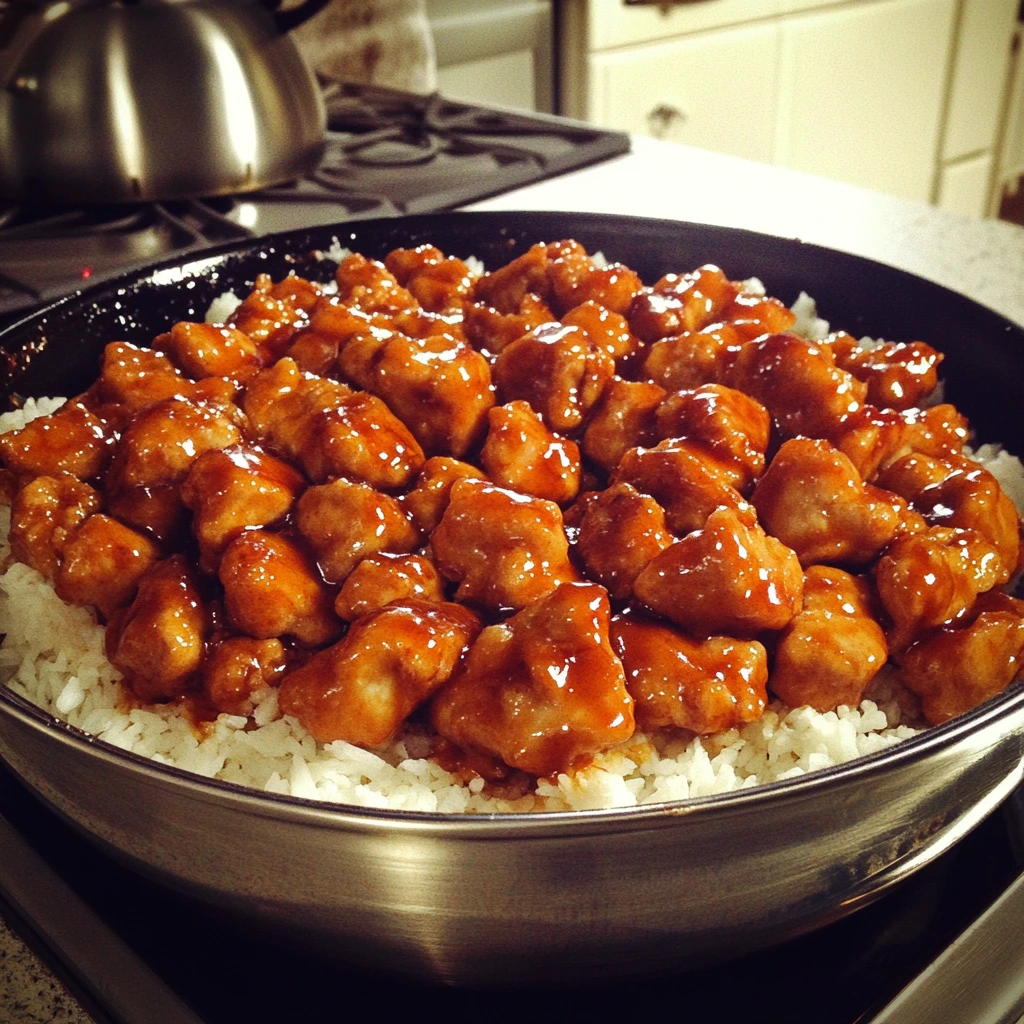
Low-Sodium and Sugar Alternatives
Want a healthier version of General Tso’s Chicken? Start by reducing the sodium and sugar in the sauce. Small swaps can make a big difference.
For less salt, use low-sodium soy sauce or coconut aminos. These options deliver rich flavor without the high sodium content.
To cut sugar, try honey, maple syrup, or monk fruit sweetener. They add sweetness with fewer calories and a lower glycemic impact.
You can also skip hoisin sauce or use a low-sugar version. It’s tasty but often high in both sodium and sugar.
Boost flavor naturally with fresh ginger, garlic, and chili flakes. These add depth without relying on extra salt or sugar.
With a few smart swaps, you can enjoy the bold flavor of General Tso’s Chicken—without the guilt.
Gluten-Free and Keto Versions
You can still enjoy General Tso’s Chicken on a gluten-free or keto diet. It just takes a few simple swaps.
For a gluten-free version, use tamari or coconut aminos instead of soy sauce. Make sure your hoisin sauce is gluten-free or skip it altogether.
Instead of regular flour, coat the chicken with rice flour or cornstarch. Both create a crisp texture without gluten.
Going keto? Skip the sugar and use monk fruit sweetener or erythritol. For breading, replace flour with almond flour. Use avocado oil or coconut oil for frying—they’re keto-friendly and stable at high heat.
The sauce can be thickened with xanthan gum instead of cornstarch. Just a pinch goes a long way.
With these changes, you’ll still get all the flavor—minus the carbs and gluten.
Common Questions About General Tso’s Chicken
What’s the Difference Between General Tso’s Chicken and Orange Chicken?
General Tso’s Chicken and Orange Chicken are often confused—but they’re not the same. Each has a unique flavor and origin.
General Tso’s is known for its bold, savory, and spicy profile. It features garlic, ginger, and chili flakes in a thick, dark sauce. The flavor leans more toward heat and umami.
Orange Chicken is sweeter and citrusy, with a lighter sauce made from orange juice or zest. It rarely includes spicy elements and has a more tangy finish.
Both dishes use deep-fried chicken pieces, but their sauces set them apart. General Tso’s is spicier, while Orange Chicken is more sweet and sour.
If you love heat and depth, go for General Tso’s. If you prefer something bright and fruity, Orange Chicken is the winner.
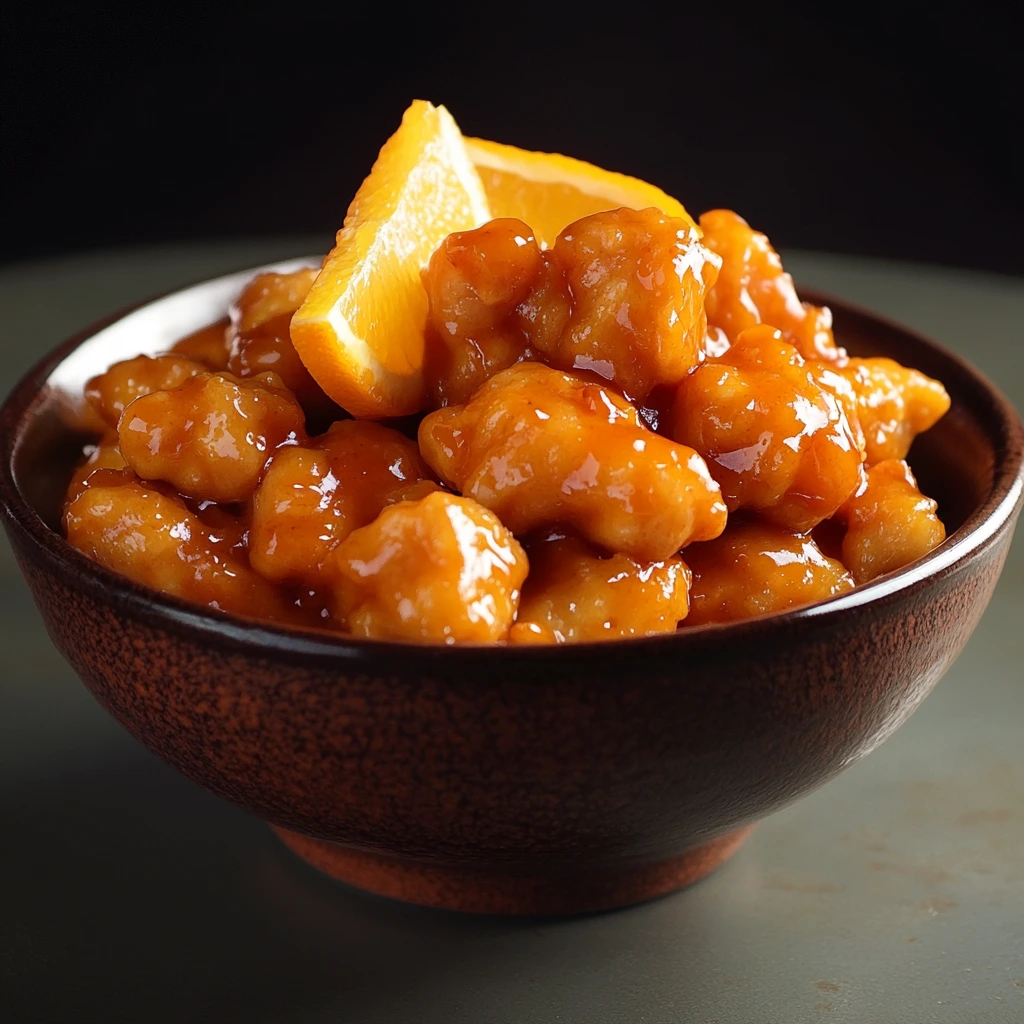
Can I Meal Prep General Tso’s Chicken?
Yes, General Tso’s Chicken can be meal prepped—but timing and storage matter. For the best results, store the chicken and sauce separately.
Fry the chicken in advance and let it cool completely. Store it in an airtight container in the fridge for up to three days. Reheat it in an oven or air fryer to bring back the crispiness.
The sauce can be made ahead, too. Keep it in a jar or sealed container in the fridge. Reheat it gently in a pan before serving.
When you’re ready to eat, combine the hot sauce and reheated chicken just before serving. This keeps the texture crisp and the flavor fresh.
Add pre-cooked rice or steamed veggies, and your meal is ready in minutes. Meal prepping this dish is simple and totally worth it.
Why Is General Tso’s Chicken So Popular in the U.S.?
General Tso’s Chicken became a hit in the U.S. because it perfectly blends bold flavor, comfort, and convenience. It’s crispy, sweet, slightly spicy—and deeply satisfying.
The dish first gained attention in New York City in the 1970s. Chinese chefs adapted traditional flavors to suit American tastes. They added sweetness, toned down the heat, and made it rich and saucy.
Its deep-fried crunch and thick, glossy sauce made it an instant crowd-pleaser. It quickly became a staple on Chinese takeout menus across the country. Americans also love dishes that are easy to recognize and consistent in flavor. General Tso’s checks both boxes.
It’s not just food—it’s nostalgia. Many people grew up eating it on weekends or ordering it as a comfort meal. That emotional connection keeps it popular today.
Conclusion
General Tso’s Chicken is more than a takeout favorite—it’s a bold, flavorful blend of tradition and innovation. From its unique origin to its crispy texture and sweet-spicy sauce, this dish has earned its place in American kitchens.
Whether you fry, bake, or go keto, there’s a version for everyone. Now that you know the history, ingredients, and techniques, it’s your turn to bring it to life.
Make it once, and you’ll crave it forever.

